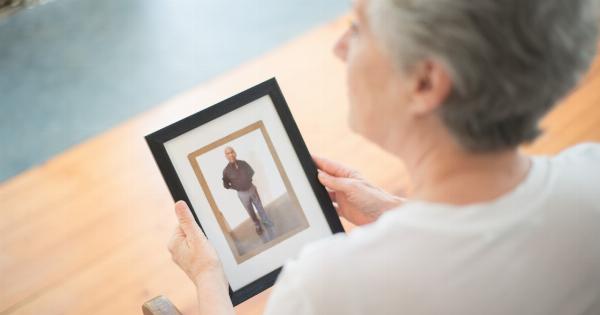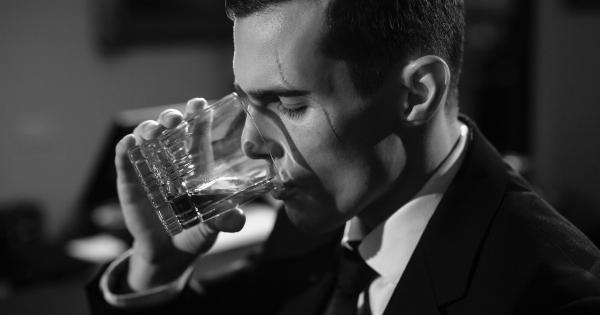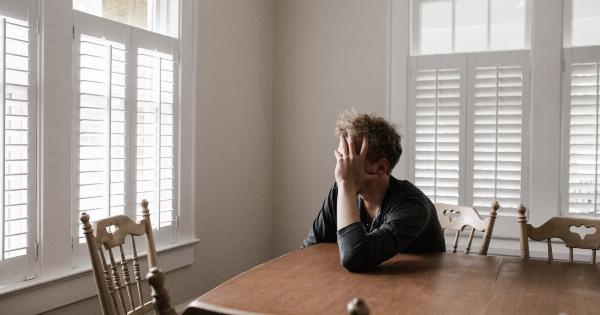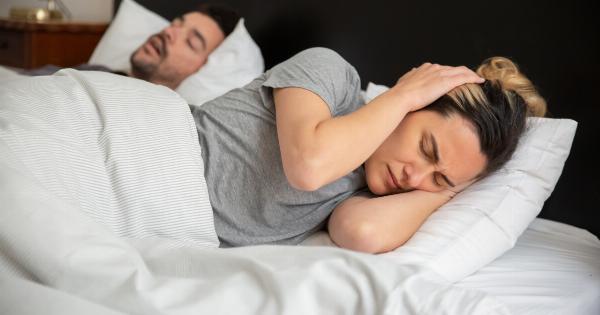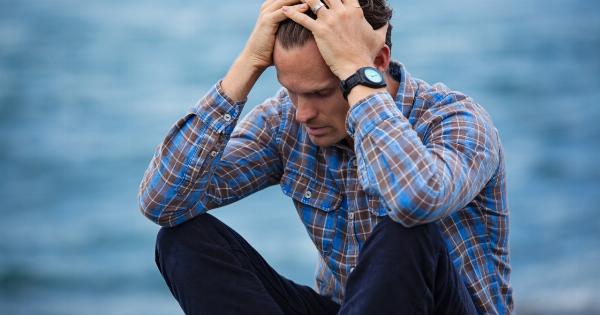Sleep paralysis is a fascinating and often terrifying phenomenon that affects a large portion of the population. It is a condition in which a person is temporarily unable to move or speak while falling asleep or waking up.
This strange experience is often accompanied by vivid hallucinations, a sense of pressure on the chest, and an overwhelming feeling of fear. Although sleep paralysis can be scary, it is generally harmless and tends to resolve on its own.
The Science Behind Sleep Paralysis
Sleep paralysis occurs during the REM (Rapid Eye Movement) stage of sleep. During this stage, our brains are highly active, and most dreaming takes place.
To prevent us from physically acting out our dreams, our mind temporarily paralyzes our muscles, essentially putting our bodies on “stand-by.” This protective mechanism is known as “REM atonia,” and it ensures that we don’t physically act out our dreams and potentially cause harm to ourselves or others. In sleep paralysis, this paralysis persists even as we regain consciousness, leading to a temporary inability to move.
Sleep Paralysis Hallucinations
One of the most striking aspects of sleep paralysis is the presence of vivid hallucinations. These hallucinations can range from mild and nonspecific to intense and terrifying.
People often report seeing shadowy figures, feeling a sinister presence in the room, or experiencing a sense of impending doom. These hallucinations can be incredibly realistic, making it difficult for the person experiencing sleep paralysis to distinguish between what is real and what is imagined.
The Cultural and Historical Significance
Sleep paralysis has been recognized and interpreted differently across cultures and throughout history. In many cultures, the experience of sleep paralysis is attributed to supernatural entities or visitations from spirits.
In some societies, sleep paralysis is associated with alien abductions or encounters with otherworldly beings. These cultural interpretations highlight the deep-rooted fear and mystery that have surrounded sleep paralysis for centuries.
Managing and Coping with Sleep Paralysis
While sleep paralysis can be a distressing experience, there are strategies that can help manage and cope with it.
Establishing a consistent sleep schedule, practicing good sleep hygiene, and managing stress can all contribute to reducing the frequency of sleep paralysis episodes.
Additionally, learning to recognize the signs of an impending episode, such as a tingling sensation or a feeling of pressure, can enable individuals to take preventative measures, such as changing sleep positions or gently moving their fingers or toes to break the paralysis.
When to Seek Professional Help
For most people, sleep paralysis is a relatively rare occurrence that does not significantly impact their daily lives. However, in some cases, sleep paralysis can become more frequent and disruptive.
If sleep paralysis episodes become more frequent, cause excessive distress, or interfere with daily functioning, it may be beneficial to seek professional help. A sleep specialist can provide further evaluation and recommend appropriate treatment options, if necessary.
Demystifying Sleep Paralysis
While sleep paralysis is undoubtedly a bizarre and unsettling phenomenon, it is important to remember that it is not dangerous or indicative of a serious underlying condition.
Understanding the science behind sleep paralysis, its cultural significance, and effective coping strategies can help demystify this intriguing phenomenon and provide reassurance to those who experience it.
Conclusion
Sleep paralysis is a fascinating and often misunderstood phenomenon that affects many individuals.
By delving into the science behind sleep paralysis, exploring its cultural significance, and providing strategies for managing and coping with sleep paralysis, we can gain a better understanding of this intriguing phenomenon. While sleep paralysis can be distressing, it is a relatively harmless condition that tends to resolve on its own. By shedding light on the subject, we can alleviate fears and reduce the impact of sleep paralysis on daily life.


